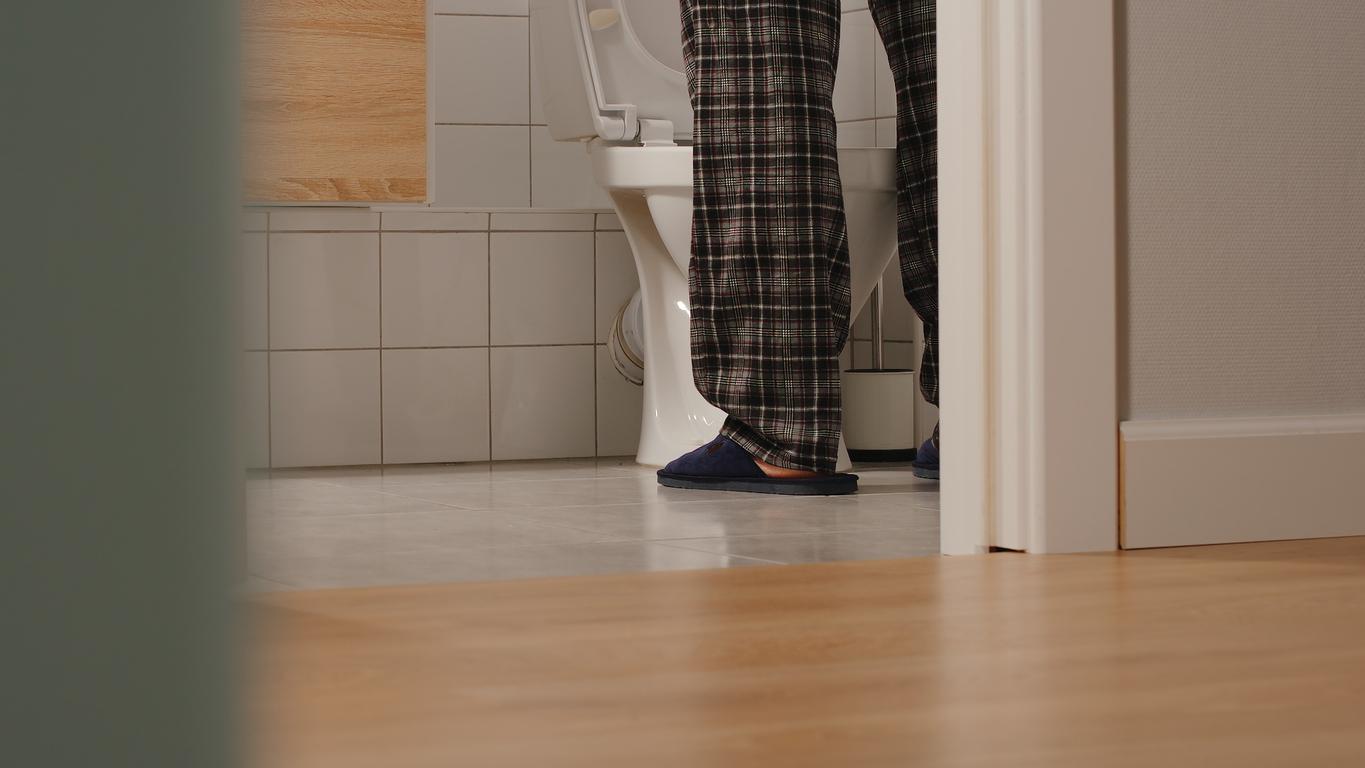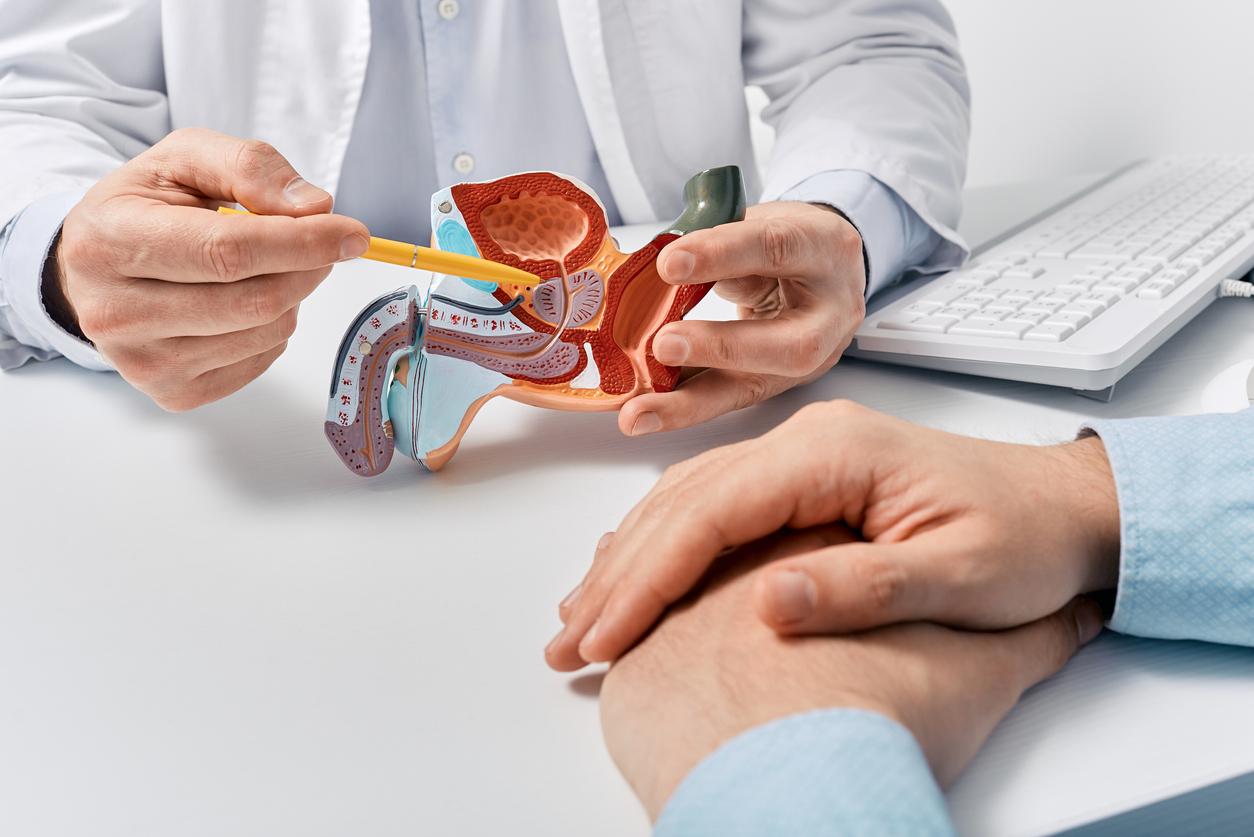Removal of the prostate may be necessary in prostate cancer.
The prostate is part of the male reproductive system. The prostate is a small round gland at the bottom of the bladder, located in front of the anus. The main function of the prostate is to release fluid into the urethra during ejaculation.
During ejaculation, the sperm travels through vas deferens from the testicles to the penis. The vas deferens run through the back of the bladder to the prostate gland. During this process, the semen mixes with seminal fluids from three sources: the seminal vesicles, the prostate and the bulbourethral glands. The fluid thus composed, called ejaculate or simply ‘seed’, leaves the body through the urethra and penis.
As a developing prostate cancer If not detected early, removal of the prostate may be necessary. There are several methods of surgical removal of the prostate. In the inside of the pelvis, we see that the anatomy around the prostate contains a large number of vulnerable structures, such as the muscles and nerves that play a role in voiding and erection. In order not to damage these important structures, the surgeon must use precision instruments when removing the affected prostate.
The urethra, or urethra, is gently cut free from the bottom of the bladder. The extra control and accuracy of these instruments allows the surgeon to spare the nerve bundles that produce an erection. After the prostate is neatly separated from the bladder, the surgeon removes the prostate through a small incision.
A catheter is inserted to allow urine drainage after surgery. The bladder is placed back on the catheter over the catheter urethra confirmed. That catheter is left in place for a while, long enough to ensure full recovery.















